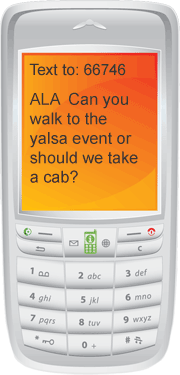Library of Congress iTunes. Blog. Twitter. YouTube. iTunes. Yeah, we speak Web 2.0.
You nation’s Library has millions of stories to tell, so we’re trying to tell them as many places and to as many people as possible–whether on our own website or elsewhere. And now you can add another biggie to the list: iTunes U.
For those who don’t know, iTunes U is an area of the iTunes Store offering free education audio and video content from many of the world’s top universities and other institutions. (The iTunes application is needed to access iTunes U, and is a free download from www.apple.com/itunes.)
The Library’s iTunes U page launched today with a great deal of content, with much more to come. (Link opens in iTunes.) A nice bonus, for those in the know, is that the content is downloadable and even includes materials such as PDFs.
So as long as people keep finding new ways to get information, we’re going to keep finding ways to get it to you!


Recent Comments